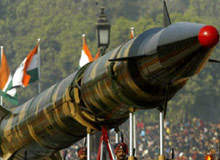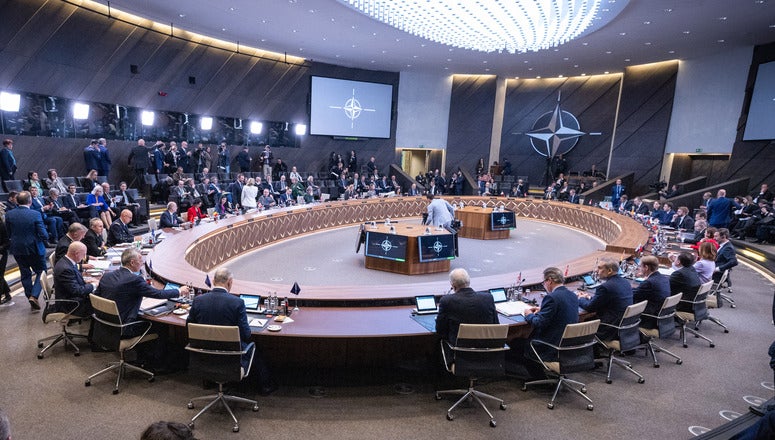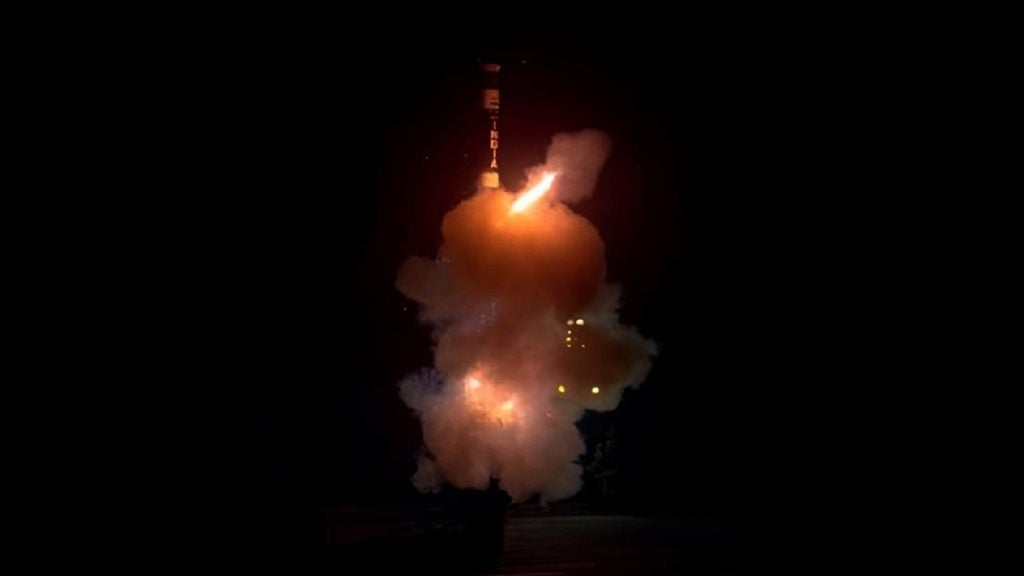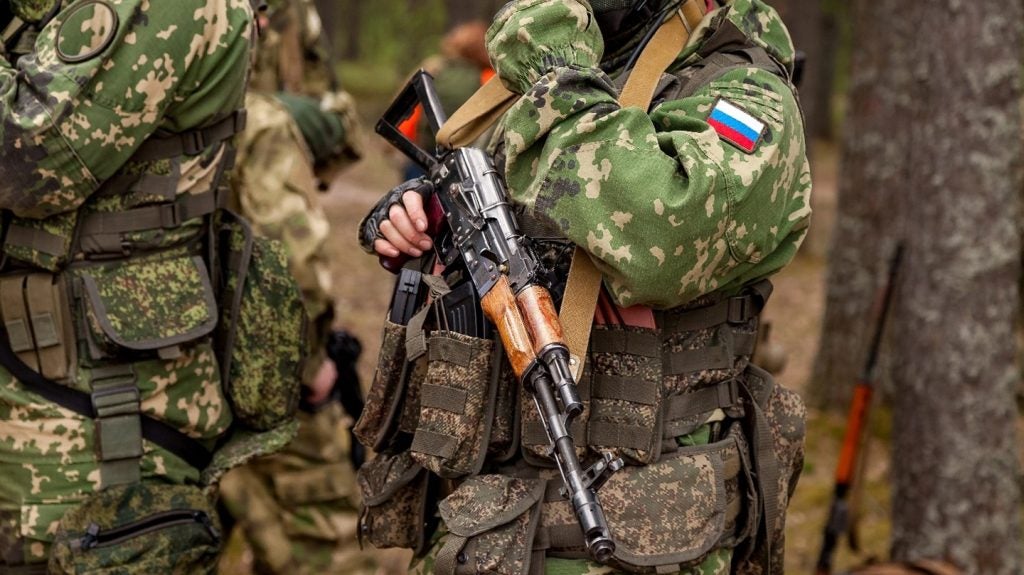
India announced in January 2008 that it has developed a two-layered ballistic missile defence (BMD) system to counter enemy missiles. The system, comprising ‘exo’ and ‘endo’ atmospheric interceptors, destroys incoming ballistic missiles at altitudes above 40km and below 25km, respectively.
This followed a surprise announcement by the Indian Ministry of Defence in November 2006 that it had successfully destroyed a simulated incoming enemy ballistic missile while it was 78km above the Bay of Bengal, still outside the earth’s atmosphere, which was greeted with scepticism.
Most analysts did not believe that India’s missile defence programme was that far advanced.
However, another ‘exo-atmospheric’ interception was successfully completed in November 2007, and a further trial demonstrating the interception of a live ballistic missile was held in December last year. It now seems clear that India does indeed have the military capabilities to join an elite club of countries – the US, Russia and Israel – that have the technology to destroy incoming missiles.
INDIA’S MISSILE GROWTH
It is now apparent that India began developing a BMD capability in 1995, after New Delhi learned that Pakistan had obtained the M9 and M11 ballistic missiles from China. The missile trials will continue for two years and commercial production will start after three years. The long-range tracking radar and the multifunction fire-control radars were developed in collaboration with Israel and France.
How well do you really know your competitors?
Access the most comprehensive Company Profiles on the market, powered by GlobalData. Save hours of research. Gain competitive edge.

Thank you!
Your download email will arrive shortly
Not ready to buy yet? Download a free sample
We are confident about the unique quality of our Company Profiles. However, we want you to make the most beneficial decision for your business, so we offer a free sample that you can download by submitting the below form
By GlobalDataFollowing the December 2007 interception, India’s top military scientist, Dr VK Saraswat of India’s Defence Research and Development Organisation, said that within three years major cities such as Delhi and Mumbai would be under a protective shield.
India is also building up its offensive capabilities. It has unveiled a nuclear-capable missile (the Agni-III) with a range of 3,700 miles – far enough to hit Beijing or Rome. When deployed, the missile will boost India’s second-strike capability as it can be launched from anywhere using a mobile launcher. India is also designing Agni-IV, which will carry a nuclear warhead and will have the capability to hit targets more than 5,000km away.
These developments have sparked concerns that a new arms race will get under way in the region. India’s traditional foe, Pakistan, has already reacted with alarm. Following the announcement of India’s plan to have a missile defence system in place by 2010, Ayesha Siddiqa, a defence analyst, said that “the first impulse is to ask how does Pakistan get [such a missile defence system]” and “the next will be to increase the number of missiles to make sure it [Pakistan] has enough to evade the shield.”
China, too, is concerned. Beijing believes that the US is trying to ‘encircle’ China by using India and allies such as Japan and Australia as proxies, and thereby contain China’s increasing military might.
China can legitimately point out that its fears are underpinned by growing military ties between the Washington and New Delhi in a number of areas, including missile defence.
India had shunned US defence equipment in general until recently, buying Soviet weapons during the Cold War, for example. However, in a watershed deal, India agreed to buy six C130J transport planes for around $1bn in January 2008 – a shift from its previous reliance on Russian transport aircraft.
The US is also involved in the race to win an $11bn deal for multi-role combat aircraft. New Delhi is expected to award the contract within the next two years.
INDIA AND LOCKHEED
In January 2008, India entered talks with Lockheed Martin, apparently with the aim of seeking collaboration in developing a ballistic missile defence (BMD) system. Furthermore, in February, US Defence Secretary Robert Gates confirmed that the US and India would discuss the possibility of a joint missile defence system.
India had previously said it would develop its missile shield domestically, closing off a potentially lucrative market to American manufacturers Boeing, Lockheed Martin, Raytheon and Northrop Grumman – the biggest players in the emerging ground, air, sea and space-based US missile defence system.
Dennis D Cavin, vice president of international air and missile defence strategic initiatives (IAMDSI) at Lockheed Martin, said that India could be looking for US help in developing ‘hit-to-kill’ technology for its interceptor missiles. But In his press briefings, Dr Saraswat said that India had used ‘proximity fragmentation’ in missile interception already.
The US, by contrast, uses a direct ‘hit-to-kill’ method to destroy incoming missiles. Lockheed has developed the PAC ‘hit-to-kill’ anti-missile system for the US. PAC missile systems have been delivered and deployed around the world with US forces and US allies.
Lockheed is also the prime contractor for the terminal high-altitude area defense (THAAD) anti-missile system. The THAAD missile system is an easily transportable defensive weapon system, whose function is to protect against hostile incoming threats such as tactical and theatre ballistic missiles at ranges of 200km and at altitudes of up to 150km. PAC-II, III and THAAD will form essential components of the multi-layered missile defence system that the US is developing.
While the PAC-II and III systems are being deployed to tackle the threat from air-breathing cruise missiles and unmanned aerial vehicles (UAV), the THAAD system is developed to take care of threats from ‘exo’ and ‘endo’ atmospheric ballistic missiles. The Americans are likely to deploy the THAAD system between 2009 and 2010 to give cover to US troops operating overseas. Washington has offered to sell PAC-II and III BMD systems to India, but it hasn’t commented on whether THAAD could also be made available to the nation.
A POLITICAL DEFENCE
However, political obstacles will have to be overcome if any such collaborative venture is to proceed smoothly. Indian defence deals are characterised by delays, political interference, a lack of transparency and allegations of corruption. Most importantly, there is still a substantial body of political opinion in India that is opposed to what is seen as the US’s global ‘hegemony’.
A civil nuclear agreement, seen by many as the centrepiece of India’s strategic relationship with Washington, has hit obstacles in New Delhi, where it is opposed by the Indian government’s communist allies. The agreement would allow New Delhi to access US nuclear fuel and reactors by overturning a three-decade ban imposed after India conducted a nuclear test while staying out of the Non-Proliferation Treaty.
Either way, given that the US leads the world in BMD technology, the lack of alternative suppliers and the growing threat posed by Pakistan and China as they pursue ambitious missile programmes, it seems likely that India will indeed seek to develop a BMD shield in collaboration with the US.







